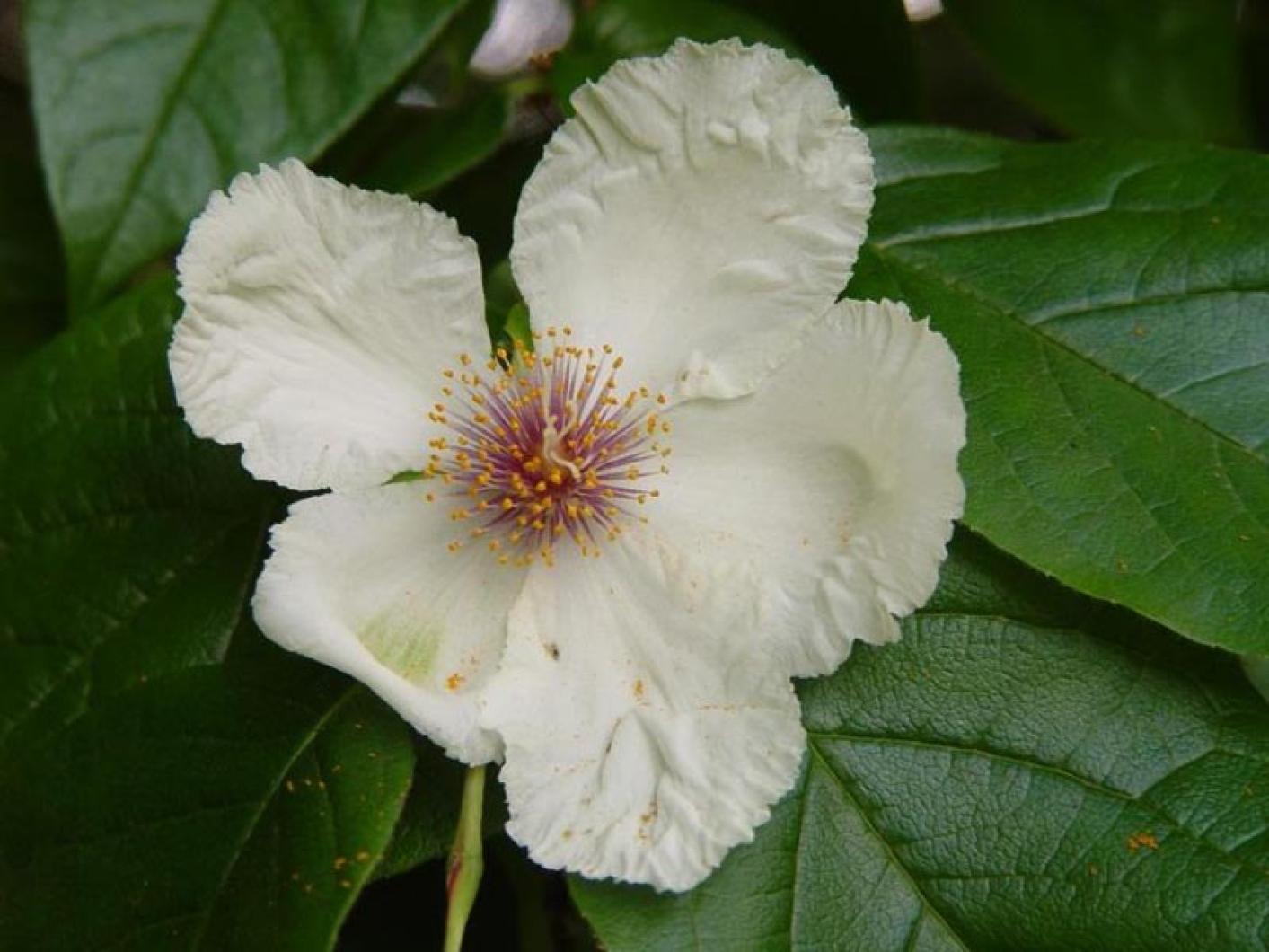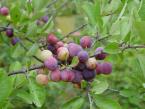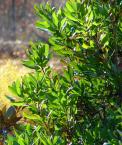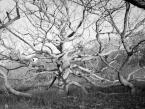Polly Hill was well known for her love of stewartia trees. They are greatly admired by our visitors and represent years of hard work. Through Polly’s efforts and our continued devotion to these trees, we now have a recognized national collection. What does that mean exactly? The primary objective for the development of a national collection is to assemble the most comprehensive collection of plants within a particular genus. The inclusion into the North American Plant Collection Consortium requires a review process which includes the examination of our plant records, a review of the health and welfare of our current collection, and consideration of our future plans. The consortium is administered by the American Public Garden Association in cooperation with the USDA Agricultural Research Service and the United States National Arboretum.
Arboretums play a critical role in educating the public about tree diversity and the protection of threatened trees in their natural habitats. The mountain camellia, Stewartia ovata, is restricted to the southeastern United States, from Florida and Virginia in the East, westward to Mississippi. It is found along wooded stream margins just above the flood plain. My own seed collecting trips in pursuit of the mountain camellia have taken me to some of the most spectacular natural areas you could ever imagine. Sadly, many of the favorite places for stewartias to grow are also favored places for the development of large-scale retirement communities. In some southern states the mountain camellia appears as a plant of special concern. This federal endangered status foreshadows the challenges for this beautiful species. Our efforts to map the distribution of these trees indicates that habitat fragmentation, along with the trees own inherent lack of genetic diversity, is causing them to become diminished in their numbers.
Polly Hill is believed to be one of the first private individuals to bring the mountain camellia into cultivation in a garden setting. Polly began her first mountain camellia collections in 1967. The common name indicates that these trees are direct relatives of the more well-known and popular camellia shrub. One look at the pristine summer flowers of this rare beauty and you see the resemblance. Polly had patience; the woody seeds of this tree are particularly hard to grow. She sowed the seeds directly in the ground, and in some instances they took three to five years for the seeds to sprout. When we opened our greenhouse in 2007 on Polly’s 100th birthday we had reached a long-term dream for Polly: to have a modern greenhouse to help us grow. However, we still continue the patient practice of sowing some seeds like the mountain camellia directly in the ground. Time is your friend when growing this rare but worthy southern beauty.
Tim Boland is executive director of the Polly Hill Arboretum.







Comments
Comment policy »